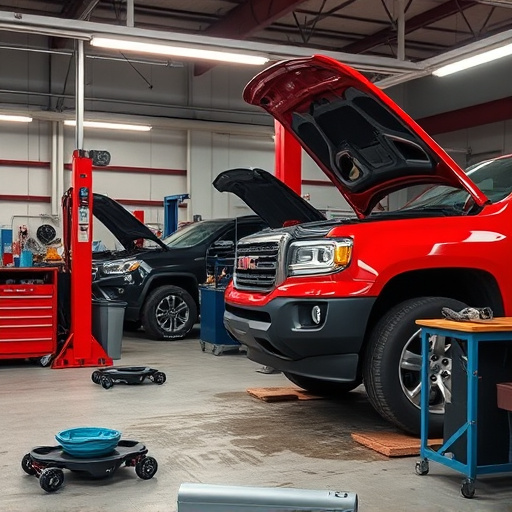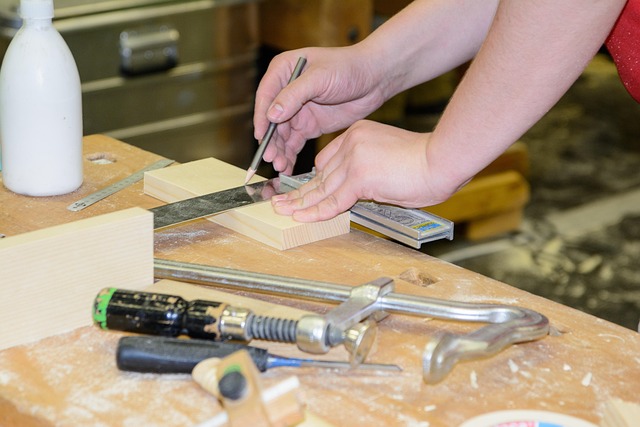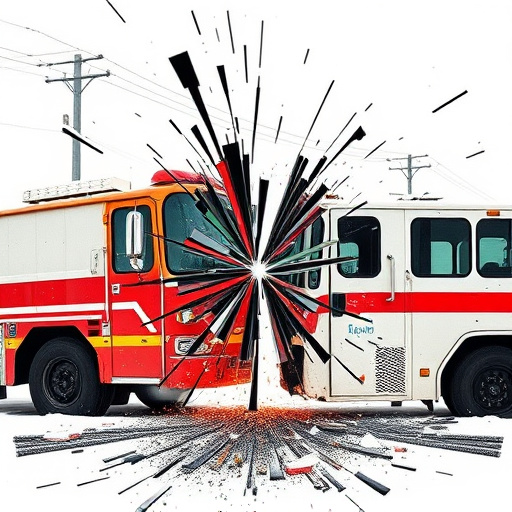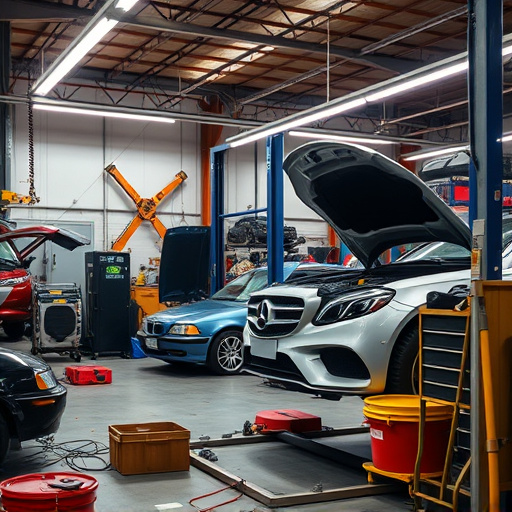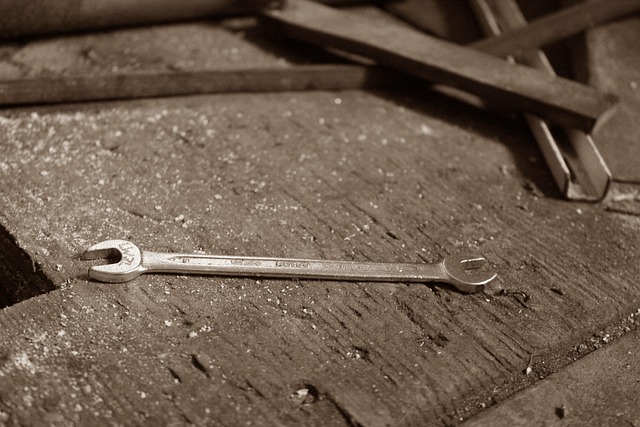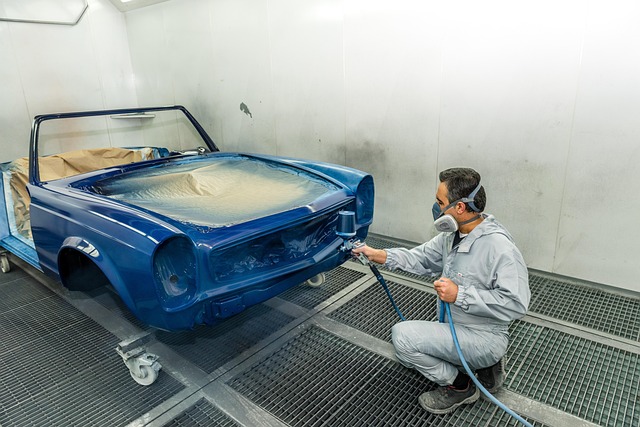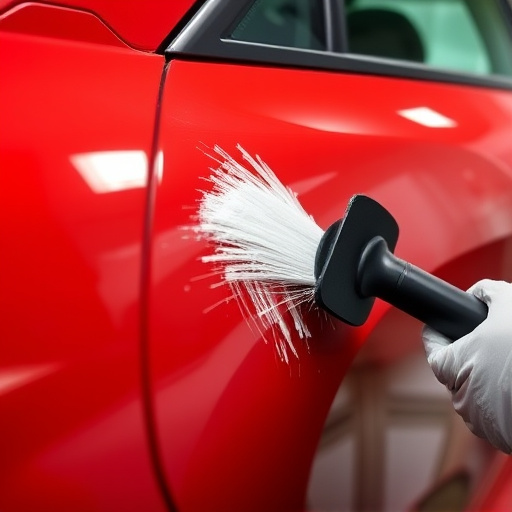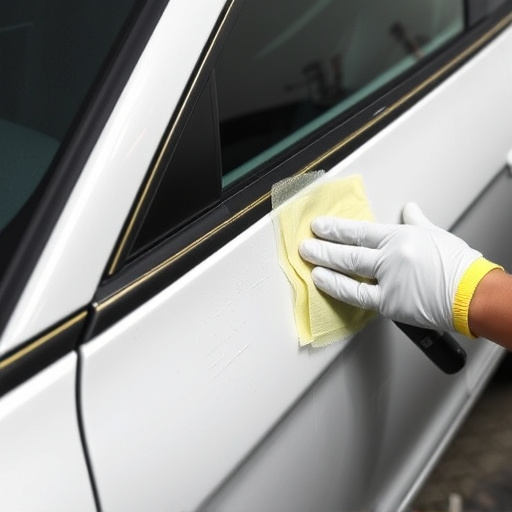Auto body shops face dynamic challenges with seasonal collision repair, demanding strategic planning and operational adjustments. Weather patterns significantly impact road conditions and driver behavior across seasons, affecting demand. Peak seasons occur during warmer months with optimal road conditions, leading to increased accidents and higher repair volumes. Shops must anticipate these fluctuations, implement strategies like extended hours and temporary hiring, and maintain quality during high-demand periods to navigate bustling environments effectively.
“The impact of weather on road safety is profound, leading to fluctuating collision repair volumes throughout the year. This article delves into the seasonally fluctuating landscape of collision repairs, highlighting how weather patterns influence driver behavior and road conditions. We analyze specific weather events like snowstorms, flooding, and extreme heat, exploring their correlation with collision claims and effects on repair shops’ workloads. Additionally, we offer strategies for repair shops to navigate these seasonal peaks, ensuring consistent service and operational efficiency.”
- The Seasonally Fluctuating Collision Repair Landscape
- – Discuss how weather patterns influence road conditions and driver behavior throughout the year.
- – Highlight peak seasons for collisions and their impact on repair shop workloads.
The Seasonally Fluctuating Collision Repair Landscape

The landscape of seasonal collision repair is as changeable and unpredictable as the weather itself. During peak seasons, such as summer or winter depending on geographical location, the demand for auto body repair and dent removal services surges. This is often attributed to increased road congestion, accidental incidents, and extreme weather conditions that lead to more collisions. Conversely, off-peak seasons witness a notable drop in these claims, resulting in lower collision repair volumes for automotive body shops.
The seasonal fluctuations present unique challenges and opportunities for auto body repair businesses. Shops must be prepared to adapt their operations, staff schedules, and marketing strategies accordingly. For instance, during peak periods, they might need to extend hours, hire temporary personnel, or implement efficient, fast-track services like quick dent removal solutions to meet the higher demand without compromising quality.
– Discuss how weather patterns influence road conditions and driver behavior throughout the year.
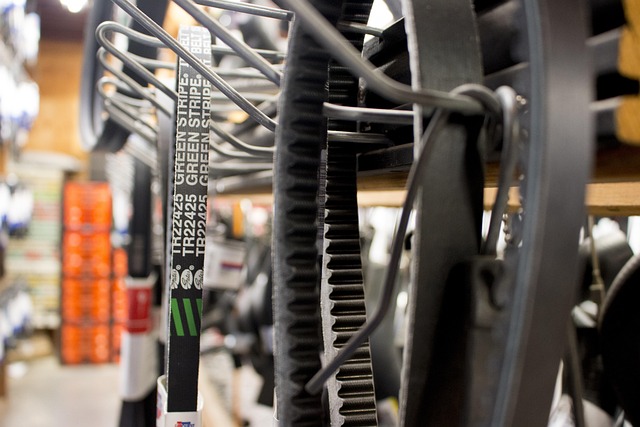
Weather patterns significantly alter road conditions and driver behavior across seasons, directly impacting the demand for seasonal collision repair services. In winter, severe weather events like snowstorms and ice can render roads treacherous, leading to increased accidents and subsequent vehicle damage. This necessitates a surge in auto collision repair as drivers seek to have their vehicles fixed promptly to ensure safety on improved road conditions. Conversely, summer brings its own challenges with hot temperatures causing roads to expand and contract, potentially leading to potholes and other structural issues.
These seasonal fluctuations influence not just the frequency of collisions but also the types of repairs required. For instance, winter’s extreme weather may result in more damage from skidded vehicles or accidents involving snow removal equipment. In contrast, summer’s hazardous road conditions could prompt a higher need for body shop services to fix damages caused by pothole-related accidents. Thus, understanding these weather-related trends is crucial for managing collision repair volumes effectively throughout the year.
– Highlight peak seasons for collisions and their impact on repair shop workloads.

In regions with distinct seasons, weather patterns play a significant role in shaping collision repair volumes during specific periods. Peak collision seasons often coincide with warmer months when road conditions are optimal for increased vehicular activity. As folks embark on vacations and longer commutes become the norm, the likelihood of accidents rises, putting immense pressure on local auto body shops. This surge in collisions can lead to backlogs and longer wait times, impacting customer satisfaction.
During these peak seasons, collision repair shops experience a notable increase in their workloads. The demand for services may outstrip the capacity of even well-equipped auto body shops, resulting in delayed repairs and potential scheduling conflicts. Understanding these seasonal trends is crucial for businesses to adequately staff and resource their operations, ensuring they can efficiently navigate the bustling environment without compromising quality or service speed during what are often referred to as the busiest times of the year.
Weather-related claims significantly influence the seasonal collision repair landscape, with distinct peaks in certain months. Understanding these fluctuations allows repair shops to optimize staffing and resources, ensuring they’re prepared for anticipated surges. By proactively adapting to these seasonal changes, businesses can maintain efficient operations and deliver timely service to customers throughout the year, enhancing overall customer satisfaction. This strategic approach to seasonal collision repair is crucial for thriving in a competitive market.
